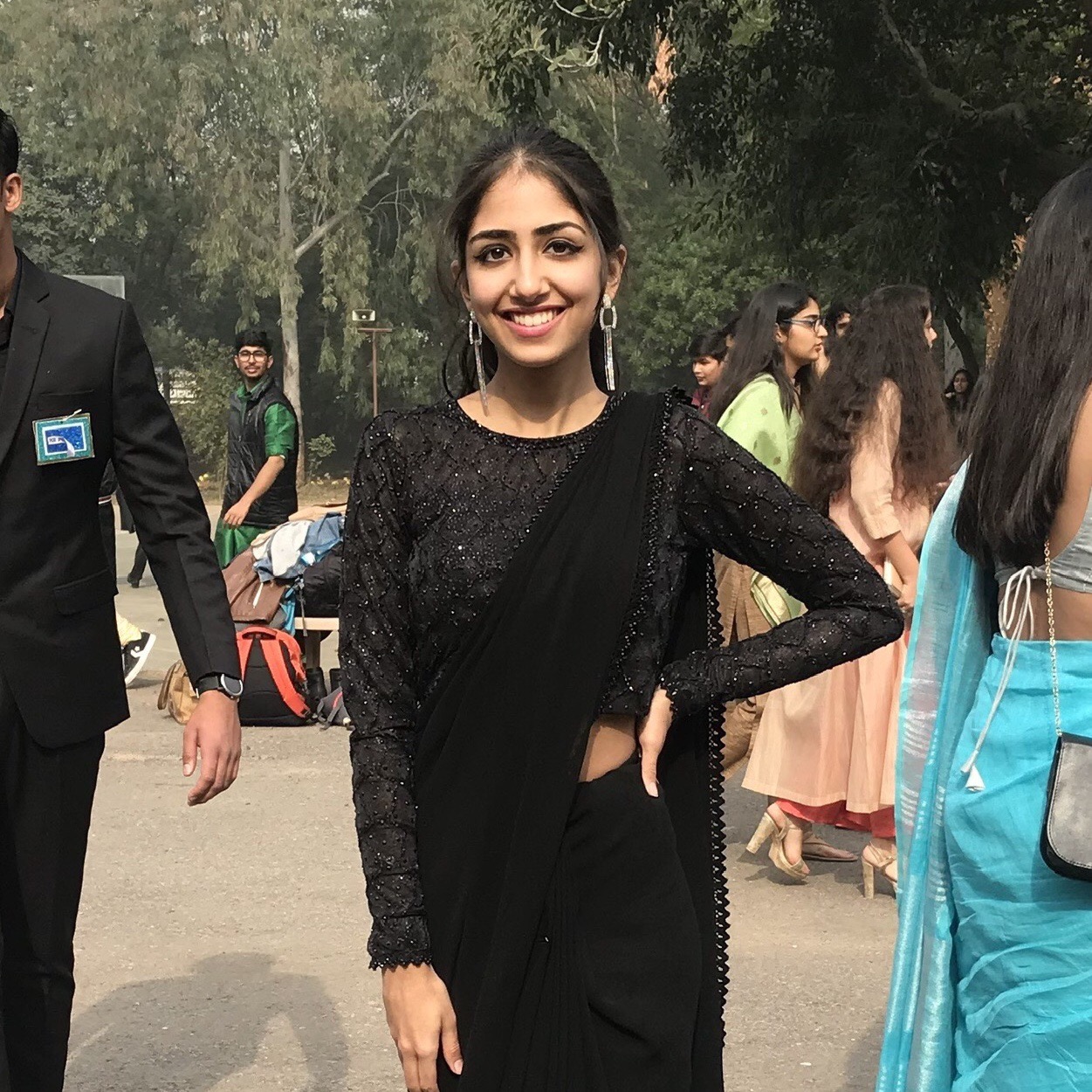Task 5 - Ergonomic study
- Rashika Lungani

- Jan 23, 2021
- 3 min read
TASK 5
ERGONOMIC STUDY
POSTERS
HAND-DRAWN POSTER

DIGITAL POSTER WITH IMAGES

LINK TO MIRO: https://miro.com/app/board/o9J_lZfxkEc=/
AREAS OF CONTACT


ERGONOMIC STUDY THROUGH MAKING
MAKING
I knew that in order to understand socks I needed to go beyond just the garment itself. That’s why I first began by making a model of a foot. This model was made with aluminium foil and M-seal, towards the end my M-seal started to harden, that’s when I thought of using a hairdryer to heat it up in order to soften it. This helped in extending the work time of the M-seal. In order to understand the purpose of the design of the socks and it’s curves I wrapped a piece of fabric around my foot model . I was able to notice how it just hung around the feet and didn’t hug any of the curves. With this understanding I proceeded towards the model of the actual sock



CHANGES
There were some changes that I believed would improve the quality of the socks we use.
I wanted the toe seam to be behind the toes rather than on the toes as I find it really annoying and itchy.
Socks, especially those made with synthetic fabrics are pretty slippery. I myself have slipped multiple times with socks (particularly when I accidentally stepped on the wet floor). That’s why I wanted my socks so have some sort of grip at the bottom.
MODEL 1- MADE WITH PAPER
I decided to make a sock as if it was worn on the feet because that gave me more area to work on.
This model was quite easy to make. I first made a silhouette of my sock and then added strips of paper to it.
I didn’t face any particular challenge in this process Except the making of the toes, which I was able to overcome by using some vertical strips of paper.




MODEL 2- MADE WITH SUNBOARD.
I wanted to explore more materials and add some other details to my previous model.
While making the model the biggest challenge I faced was achieving the perfect curves at the toes and heels of the socks.
These curves very were difficult to achieve with materials like sunboard which unlike fabric isn’t at all flexible. I had to settle with cones as I found it very tricky to create perfect curves.
I made grips with clay and drew the seams with a marker.






GRIP AREAS

INSIGHTS
When I began this project I believed that socks couldn’t get any better. It has everything we could ask for. However the more I look the more flaws i find, and within these flaws lies the opportunity for improvement. While making these models I couldn’t help but wonder what if my socks were heated? What if socks could replace shoes?. Thus there is always scope to develop something further.
Socks are not as simple as I assumed it to be. Humans are in a constant pursuit of comfort and development however this pursue is driven by a plan and not just the ambition. Everything and every curve in the sock has a reason behind it. Every stitch and every Seam has a though process that leads to its creation.
This entire process of making the sock required a lot of patience and effort. I couldn’t help but wonder how much effort it would have taken for someone to make the first sock.
I realised how the development of the product requires the understanding of its subject. I couldn’t have made this model without the help of the experiments conducted on the foot.





Comments